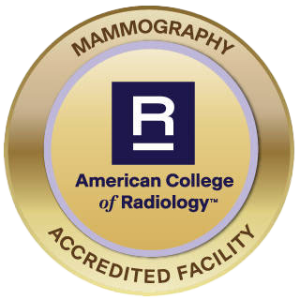3D Mammography | Experience the best in care at Delaney Radiology
What can you expect during your mammogram?
An In-Depth Approach to Breast Health and the Best Choice for Your Next Mammogram
- 3D Mammography. At Delaney, we know the importance of detecting breast cancer at its earliest, most treatable stage. That’s why we recommend 3D mammography to all our patients, for clearer views that can lead to enhanced early detection and fewer callbacks. More information for us means less worry for you.
- Breast Density Education. Dense breast tissue is quite common, but it can make finding cancer on a mammogram more difficult. If you are identified as having dense breasts, additional studies may be recommended. We’ll keep you informed so you’ll always be in the know.
- Same Day, Face-to-Face Results. If you need a diagnostic mammogram (not a screening), our team will guide you through the process to make it less stressful. Any diagnostic mammogram resulting in the need for additional testing can include a one-on-one consultation with one of our breast-imaging radiologists.
- Personal, Compassionate Care. Whether you’re coming back to see us for a biopsy, an inconclusive mammogram or a similar issue, we want you to know you’re not alone. That’s why we’ve designed a special treatment program for women in your situation, for extra support when you need it most.
- Comfort and Convenience. We provide a unique experience for our mammography patients so your annual exam is something you might look forward to. We’ve created a calm, soothing in-office environment and appointment times that work for your schedule—including early morning, evening and weekend hours.


